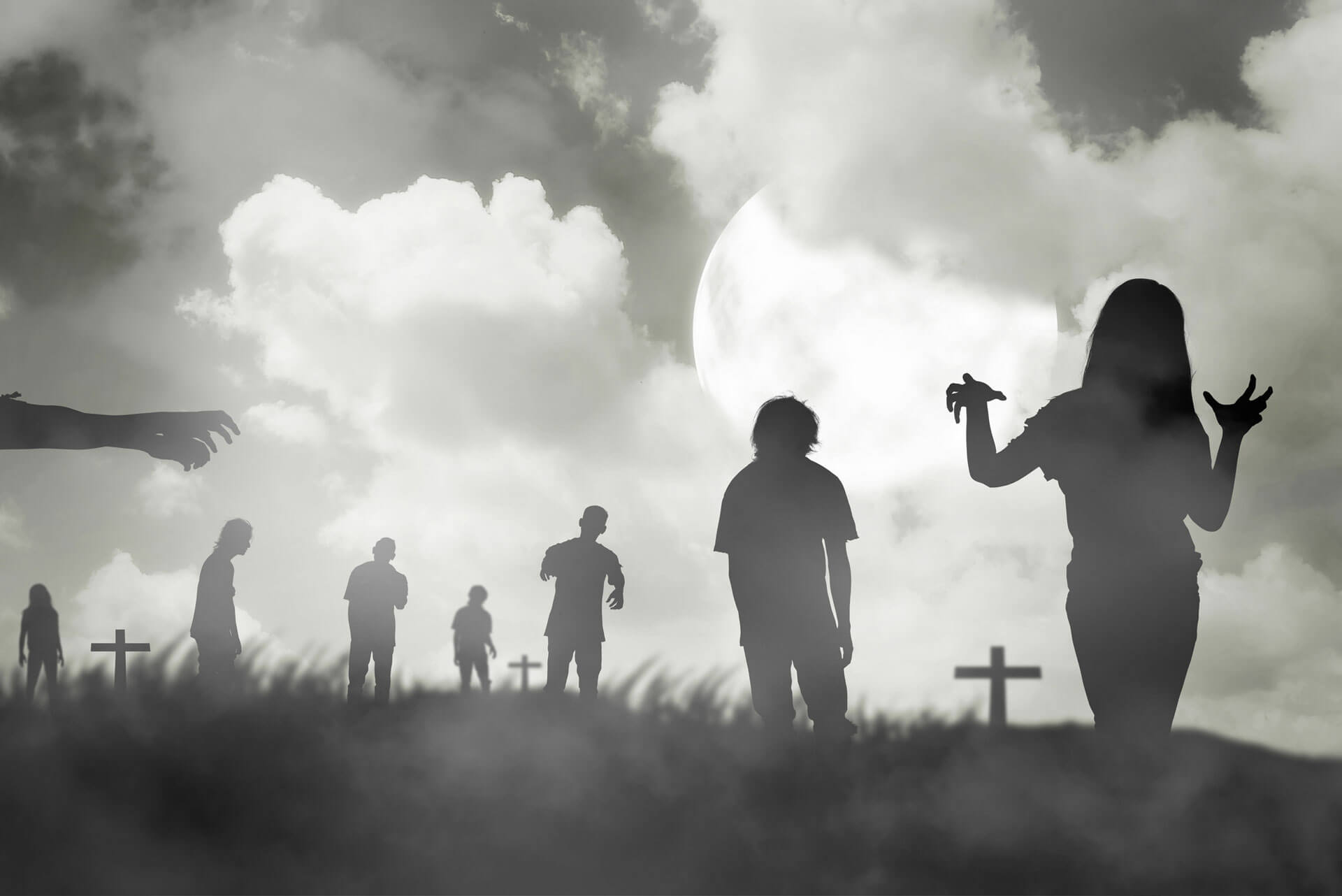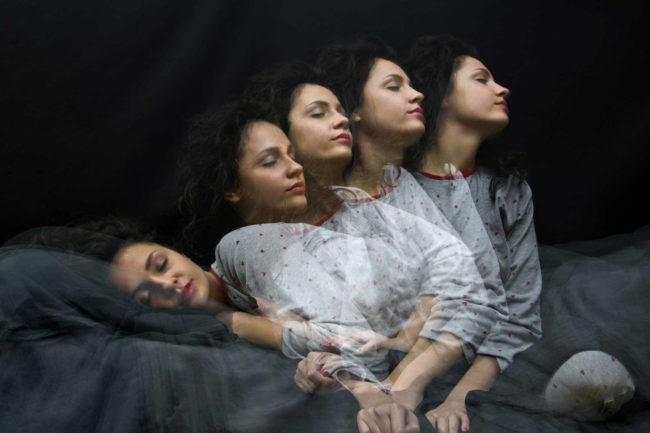It’s nearly Halloween – the peak time for zombies and sleepwalking, (at least for some people). According to a recent study, up to 4% of adults sleepwalk. It’s a natural state that can be rather confounding for those who witness it. For others, it’s used as the reason they committed a crime. Here’s the natural, and not so natural, facts about sleepwalking.
Known as somnambulism, sleepwalking occurs most commonly in children between the ages of 10 and 13. The person doesn’t remember sleepwalking, which usually occurs during non-REM sleep; the stage of sleep that occurs early in the night or near morning.
Sleep.org describes it best: “Sleepwalking typically occurs in the first third of the night when you’re in the deepest stages of slumber, called NREM sleep. In this part of the sleep cycle, your brainwaves are slow and your gray matter is quiet and inactive. But your body is quite active—this time of night is when you toss and turn the most.”
It is believed that sleepwalking is a “disorder of arousal”. For various reasons the brain is triggered to “rouse the body while in a deep sleep”. Sleepwalkers can exhibit one or several of the following symptoms that may make them look like they are actually awake:
- Eyes open
- Blank facial expression
- Sit up and appear awake
- Walk
- May conduct detailed activities like cooking, driving
- Have no recall of the event when finally awake
- Confusion, disorientation upon awakening
- Talking is incomprehensible and non-purposeful
What Happens When You Sleepwalk?
Some sleepwalkers get a lot done while asleep. Some have been known to cook gourmet meals, or even drive the car. Others eat, bathe, talk, get dressed, paint, dance, or engage in sexual intercourse. (Yes, that does bring to mind a million jokes but we won’t go there.)
Others have committed murder – yes, murder. Believe it or not, there are numerous cases where the perpetrator actually admitted committing a murder but blamed it on sleepwalking.
Albert J. Tirrell
The first case was documented in 1846. Twenty-two year old Albert J. Tirrell was on trial for the murder of his mistress, the married Mary Ann Bickford. They had reportedly scandalized 19th century Boston for years. But this time she had been found in a “disreputable” boarding house with her throat slashed, the bed on fire and her lover accused of committing the crime. In his six-hour closing speech, defense attorney Rufus Choate argued, “Somnambulism explains the killing without a motive, premeditated murder does not.” The jury deliberated for two hours and returned a verdict of not guilty.
One of the more recent cases occurred in 1997 in Phoenix, Arizona. Scott Falater killed his wife by drowning her in the bathtub and stabbing her 44 times. At his trial, his defense lawyer said, “He was sleepwalking at the time the event occurred and he had no consciousness operating in his mind at the time, in fact, his brain was, in fact, asleep.” He was found guilty of first-degree murder and sentenced to live in prison without parole.
Another Heinous Crime: Were You Really Sleeping?
In Georgia, a man was charged with rape after attacking his son’s girlfriend, although he claims he was sleepwalking at the time. There is no word on whether or not he was convicted of the crime.
Fortunately for the vast majority of people, sleepwalking is an innocent little stroll around the house before returning safely to bed. However, when you consider that a select few sleepwalkers may commit murder, fictional zombies are suddenly a much better bargain.
What Causes Sleepwalking?
The scientific and medical community is unclear as to the exact causes of sleepwalking. They suspect different causes based on the age of the sleepwalker.
In children:
- Fatigue or sleep deprivation
- Prior sleep loss
- Fever
- Anxiety
In adults:
- Some type of mental or brain disorder
- Reactions to drugs, medications, alcohol
- Medical conditions, i.e. partial complex seizures
In the elderly:
- Organic brain syndrome
- REM behavior disorders
Other causes for sleepwalkers of any age can include:
- Hyperthyroidism (overproduction of thyroid hormones)
- Migraine headaches
- Head injury
- Encephalitis (brain swelling)
- Stroke
- The premenstrual period
- Bloated stomach
- Obstructive sleep apnea (OSA)
- Travel
- Sleeping in unfamiliar surroundings
Usually, treatment isn’t necessary unless sleepwalking occurs frequently. In that case, a physical exam to rule out underlying health conditions is recommended. If there is a sleepwalker in the house, it pays to make the environment safe. That includes removing trip and fall hazards like loose throw rugs and tucking electrical cords out of the way.





